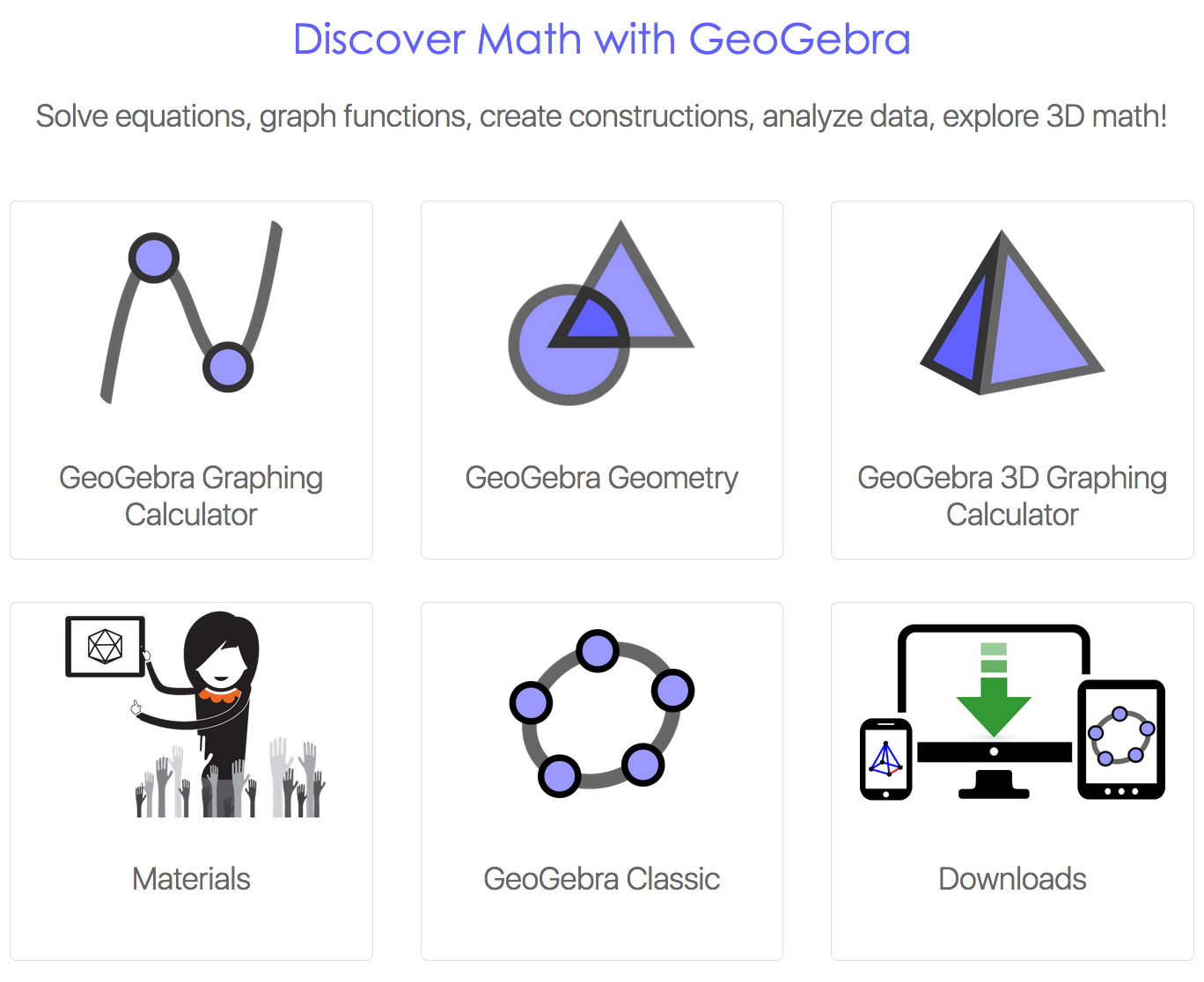By Hee-Joon Kim | January 21, 2018
How do you decide which tools to allow for students to use to “do” mathematics? When we say doing mathematics, we mean students engaging in exploring mathematical ideas and concepts. Traditionally, students have been expected to use tools flexibly when they do mathematics, by drawing diagrams, using compass and straightedge to construct geometric shapes, and using calculators to work with complex numbers or graphing. Advances in technology promise to support students engaging in rich and complex mathematical ideas and even change the way they do mathematics.
However, as more tools become available, you need to consider various factors in order to decide which tools to choose for your students to use—including availability, tool features, social norms for tool use, and curriculum. Among these factors, critical is what mathematical opportunity a tool affords. Any tool has affordances and drawbacks. For example if students use a calculator to multiply fractions, students may not have an opportunity to reason about why multiplying two fractions less than 1 always results in smaller number. However, if students are to measure area involving fraction measurements, calculators can be useful for arriving at an accurate answer, even if students are less than fluent with fraction calculations.
Here are two classroom activities that utilize different tools: one using Geogebra and one, uncooked spaghetti. Both lessons aim to create opportunities for students to engage in mathematical argumentation focusing on the idea that in any triangle, the sum of the lengths of two shortest sides is always larger than the length of the third side. They offer opportunities to make a conjecture by exploring various cases, search for counterexamples, and get an insight into generalization. Yet, these activities provide different opportunities for students to engage in such argumentation. First, take the opportunity to do these activities yourself, then look at the affordances and drawback of the different tools. Understanding of affordance and challenges can help you decide which tools to use in your classrooms.

The GeoGebra activity (https://goo.gl/YIuz4K created with GeoGebra www.geogebra.org) allows students to explore an infinite number of cases by easily manipulating lengths of three sides. The ease with which students can generate an infinite number of cases is an affordance for creating generalized arguments. Measurements are generated automatically, which relieves students of the challenge of accurately using a ruler. Of course, access to enough technology for all students can be a problem in some school settings. And Internet access can be spotty in some places.
The uncooked spaghetti activity allows students to explore cases without using specific measurements by simply breaking a piece of spaghetti into three pieces and manipulating them to try to form a triangle. It is easy to line up the pieces to compare their lengths. However, generalizability of the idea is more difficult to achieve with the limited number of cases that students can create during a class period, or any finite number of cases they can make. Also, students need to keep track of their spaghetti cases, organizing them on a surface, which can lead to trouble. And picking up bits of spaghetti after the activity is a nuisance.
The same activity can be done with rulers. Students can explore several cases by drawing segments of specific lengths, but there is less room for manipulation of position and lengths.
The ruler, however, has the advantage of being a familiar tool for many students. This isn’t true for all students, though, and often you can end up using valuable class time teaching the use of a ruler.
Both careful design of the task and planning are key to supporting students’ productive use of tools—from spaghetti to rulers to interactive geometry apps—to explore mathematical ideas. Technology often provides access to generalizability, but the tradeoff is that these tools may be new both to you and to students, and so new norms must be in place for their use: for example, how to use tools collaboratively and how to think with tools.
Try out one—or both—of our activities and
The PDF linked to in this blog post can be found in our book: Knudsen, J., Stevens, H., Lara-Meloy, T., Kim, H., and Shechtman, N. (2017). Mathematical Argumentation in Middle School—The What, Why, and How. Thousand Oaks, CA: Corwin.